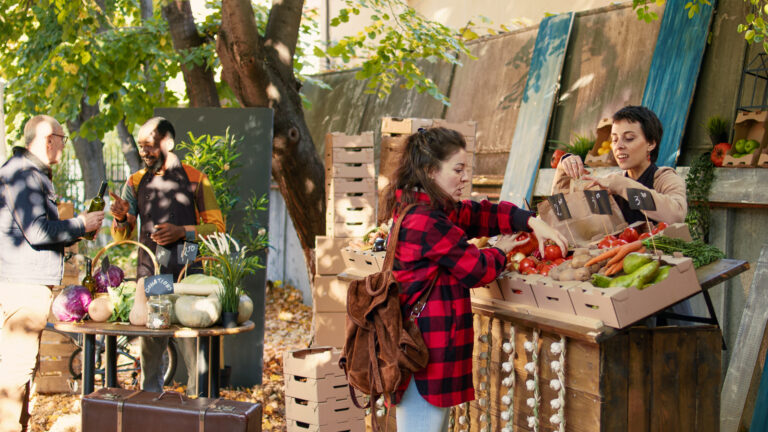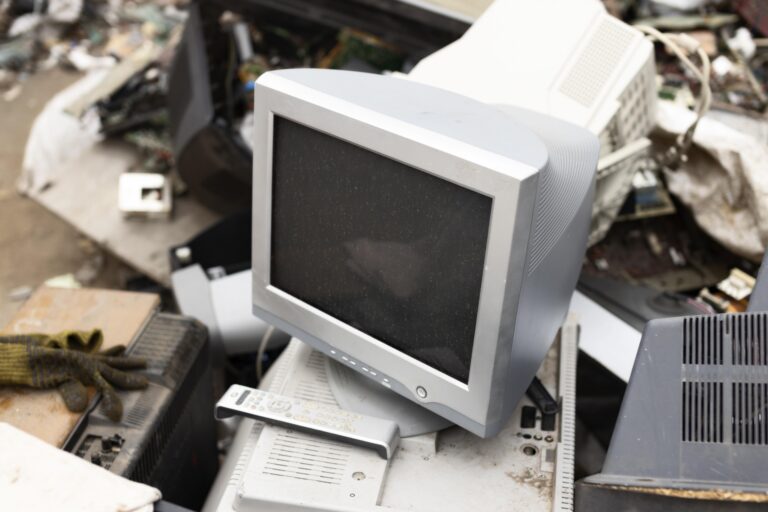Theme
Systems Thinking, Sustainability Awareness, Lifestyle Reflection
Activity Duration
1.5 hours
Group Size
Individual or small group (can be shared afterward in groups of 2–4)
Objectives
- Help participants identify the ecological impact of daily personal habits
- Develop awareness of consumption, waste, energy use, and
interconnected systems - Foster systems thinking and personal agency for sustainable action
Description
How often do we pause to consider how our everyday actions ripple out
into the world? This activity invites youth to take a meaningful step into
systems thinking by mapping the ecological influence of their daily lives. It’s
a moment for personal insight and empowerment.
In permaculture, we believe that even small actions can make a big
difference when placed within a regenerative design. By visualising the
connections between choices (like eating a banana, buying clothes, or
turning on a light) and their local and global impacts, participants begin to
see themselves as powerful agents of change.
This activity doesn’t aim to create guilt or overwhelm. It’s about
awareness, compassion, and curiosity. Through visual mapping,
participants explore both the negative and positive footprints they leave
behind. The result is a clearer picture of how to live more consciously, in
harmony with people and planet.
Encourage honesty and creativity. This
is not a test, but a personal journey of discovery. Facilitators don’t need to
have deep ecological expertise — just a willingness to hold space for
reflection and open conversation.
Materials/Tools
– WS3.1 Eco-Influence Map Template (1 per participant)
- Colour pencils or
markers
- Clipboards or drawing surfaces
- Sample completed map (for
facilitation support)
- Optional: access to digital tools for digital mapping
(advanced groups)
RESOURCE WS3.1: Eco-Influence Map Template
Printable A3 worksheet with guiding structure:
Centre Circle: “Me” — space for name, portrait or icon
Ring One (Behaviour): Blank segments labelled with areas: Food, Energy,
Transport, Fashion, Technology, Waste, Other
Ring Two (Impact): Prompts around each segment: What happens to
resources? Any emissions or pollution? Who or what is a ected?
Ring Three (Global): Prompts: How does this link to climate, biodiversity,
fairness, or global systems?
Arrows and colour zones encourage ow and connection
Reflection box: “One thing I want to do di erently after this activity is:
________”
Visual icons and a short example are included for support. Designed for
individual completion and optionally used in group sharing or public
display.
Space (indoor, outdoor,
settings…)
Indoors (recommended for focused drawing and re ection)
- Can be
done outdoors in quiet, comfortable space with at writing surface
Structures/steps (timing)
1. Opening Reflection – Prompt participants to name one habit they’re
proud of and one they’d like to change. (10 mins)
2. Introduce Mapping Concept – Show an example map and explain each
ring in WS3.1. Clarify expectations and offer support. (10 mins)
3. Independent Mapping – Participants complete their Eco-In uence Map.
Encourage quiet time and allow use of visuals. (30–40 mins)
4. Sharing – Invite participants to share one connection or surprise from
their map in pairs or small groups. (10–15 mins)
5. Action Reflection – Each participant writes down one small action they
feel inspired to try. (5 mins)
Evaluation System/Tools
– Completed WS3.1 with clear mapping of behaviours, impacts, and ripple
effects
- Depth of reflection shown through visual, written, or oral
contributions
– Active participation in group dialogue and sharing
– Ability to identify at least one realistic action for change
This activity can connect to:
The Trash Audit Challenge



